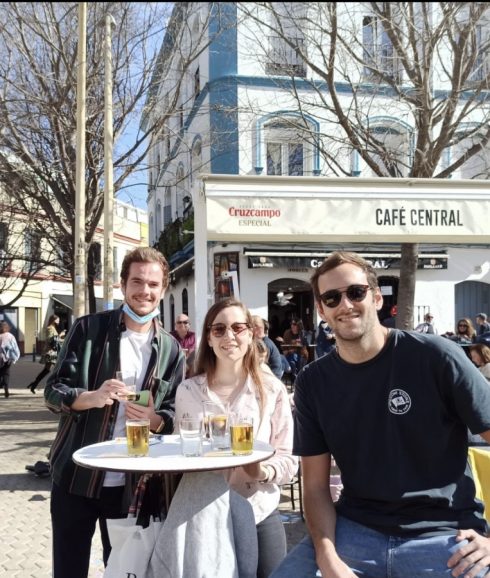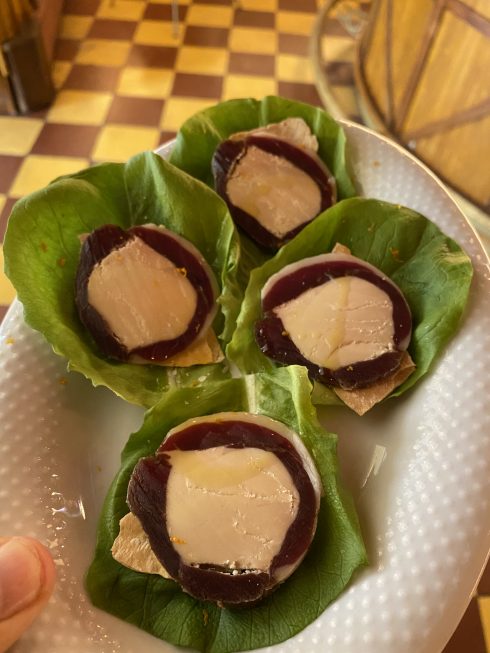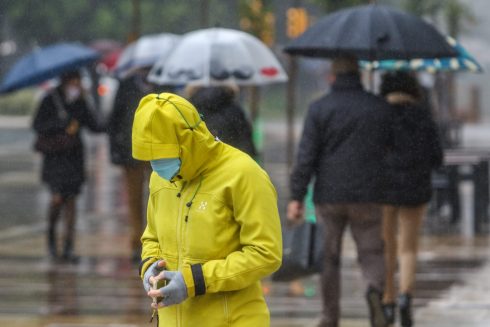THE Alameda neighbourhood is the area surrounding and including the Alameda de Hercules, a long mall accompanied by bars, cafes and restaurants on either side.
Lying in the northern part of the city’s old town, the Alameda was once a meeting point for the elites in the 1800s.
However following the Spanish Civil War it quickly deteriorated into one of the poorest barrios and was ravaged by drugs and prostitution – with up to 35 brothels operating in 1989.
But it is now back in action following a rescue plan in the early 2000s which saw traffic limited and the promenade restored and lined with poplar and hackberry trees.
Today it is the place to be for the young, cultured and anyone looking for a good time.
It also the most gay-friendly quarter of Sevilla with bars like Dilema, Nua or 1987 acting as the warm up acts to nightclubs Holiday, Fun Club, Men to Men or Itaca.
There are also great cocktail bars like Gigante (which does a great Moscow Mule) and a flavorful selection of restaurants, from the traditional to the nouvelle.
EATING
If you’re looking for gastro-tapas then you cannot leave Sevilla without visiting Eslava (on Calle Eslava). You may have to queue to be seated (opt for a spot at the bar for a shorter wait) but it is more than worth it with one of the quirkiest and tastiest menus around.
Among the classic pork ribs and solomillo or jamon, other highlights include Vaca Tataki (beef tataki), vegetable strudel and manchego cheese ice cream.
For Middle Eastern fusion head to Arte y Sabor, situated along the Alameda promenade. Boasting a sun-kissed terrace it is unique in its wide range of vegetable dishes and innovative and creative salads.
If you want something more traditional, stop at Casa Ricardo, which has been serving locals since 1898. Their melt-in-the-mouth jamon can be knocked back with a cold sherry while enjoying the old-school writing of orders with chalk on the bar and walls adorned with religious art.
If you’re looking for something less Spanish, Nickel has some of the best burgers in Sevilla while Al Solito Posto has delicious pizzas.
SITES
At either end of the promenade you’ll find two Roman-style columns. The northern side features a lion atop each column while the other end features Hercules and Julius Caesar.
The two lions and Hercules represent the emblem of Andalucia, which bears the Pillars of Hercules and, obviously, two lions.
Legend has it that Hercules founded Sevilla while Julius Caesar also ruled it for a time.
Head to Convento Santa Clara and marvel at its impressive cloister which is frequently used for exhibitions.
While there, don’t miss the Torre de Don Fadrique, named after the late owner of the site and which offers a stunning example of early Gothic architecture in Sevilla. Built in 1252, the tower is also surrounded by beautiful gardens.
Finally, the Convento San Clemente is adorned with fascinating frescoes and artwork from the 1500s and you can also buy some pastries made by the nuns who live there.
READ MORE:
- Sevilla: Guide to visiting Spain’s most romantic city
- Top five dining spots in Sevilla: Where to eat and soak up the Spanish dining experience in the capital of Andalucia
- Visit our travel guide section for more about Sevilla

















